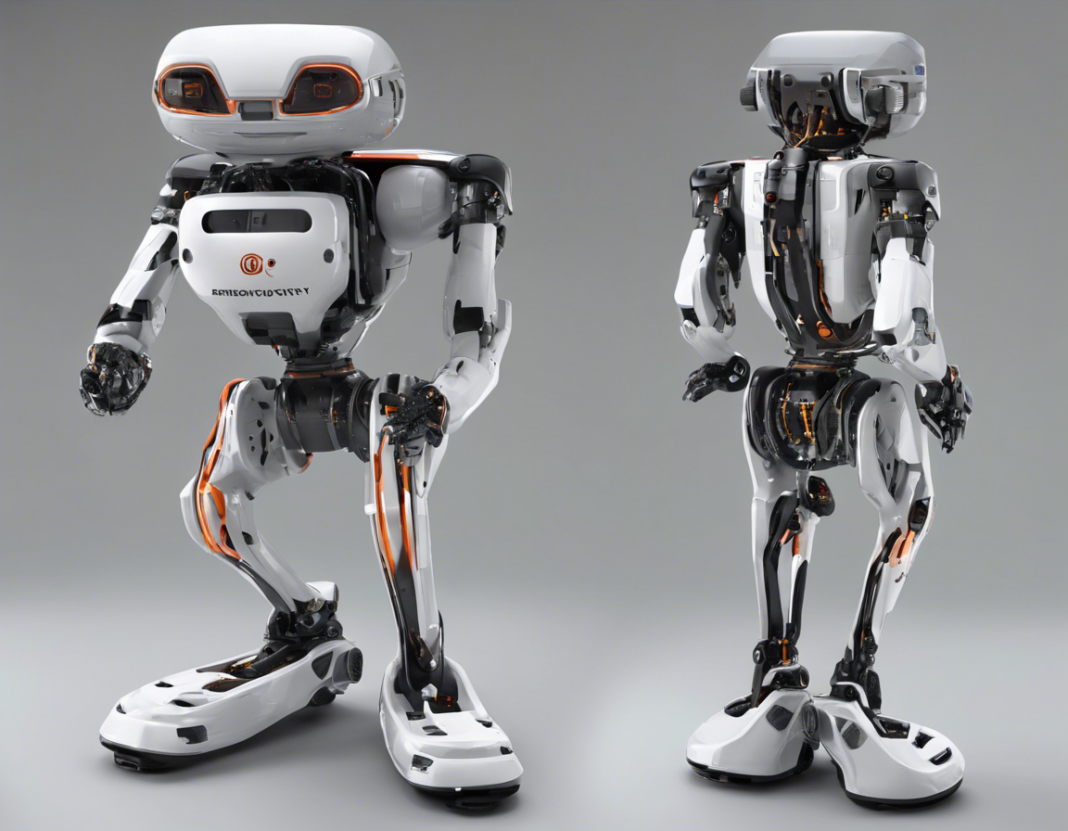Advancements in General Autonomy Robotics Technology
Robotics technology has made tremendous strides in recent years, with significant developments in the field of general autonomy. General autonomy refers to the ability of robots to operate in various environments without human intervention, using a combination of sensors, algorithms, and decision-making capabilities. These advancements have the potential to revolutionize industries ranging from manufacturing and logistics to healthcare and even space exploration. In this article, we will explore some of the key advancements in general autonomy robotics technology and their implications for the future.
1. Machine Learning and Artificial Intelligence
Machine learning and artificial intelligence (AI) have played a crucial role in advancing general autonomy in robotics. Deep learning algorithms have enabled robots to process vast amounts of data from sensors and cameras, allowing them to learn from their environments and make decisions in real-time. This has led to robots that can navigate complex terrains, recognize objects, and even interact with humans in a more natural way.
2. Sensor Fusion
Another significant advancement in general autonomy robotics technology is sensor fusion. By combining data from multiple sensors such as cameras, LIDAR, and radar, robots can create detailed maps of their surroundings and navigate with greater precision. This has important implications for applications such as autonomous vehicles and drones, where the ability to perceive and react to the environment in real-time is critical.
3. Simultaneous Localization and Mapping (SLAM)
SLAM is a technology that allows robots to map unknown environments while simultaneously determining their own position within that space. This capability is essential for autonomous robots to navigate complex environments and avoid obstacles effectively. Recent advancements in SLAM algorithms have improved the accuracy and efficiency of robot navigation, making them more reliable for tasks such as warehouse automation and search-and-rescue missions.
4. Swarm Robotics
Swarm robotics involves coordinating large numbers of relatively simple robots to work together towards a common goal. This approach leverages the power of collective intelligence and distributed decision-making, allowing robots to accomplish tasks that would be challenging or impossible for a single robot. Swarm robotics has applications in agriculture, construction, and disaster response, where a team of robots can collaborate to achieve complex objectives efficiently.
5. Human-Robot Collaboration
One of the most exciting trends in general autonomy robotics technology is the advancement of human-robot collaboration. Robots are no longer isolated machines but are increasingly designed to work alongside humans in shared work environments. Collaborative robots, or cobots, are equipped with sensors and safety features that allow them to operate safely in close proximity to humans. This opens up new possibilities for applications such as manufacturing, healthcare, and assisted living, where robots can assist humans with repetitive or physically demanding tasks.
6. Edge Computing
Edge computing involves processing data closer to the source of its generation, rather than relying on a centralized cloud server. This approach is particularly relevant for autonomous robots, as it allows them to make split-second decisions based on real-time data without the need for a constant internet connection. By leveraging edge computing, robots can operate more efficiently and securely in remote or dynamic environments.
Frequently Asked Questions (FAQs)
Q1: What are the key challenges in developing autonomous robots?
A1: Developing autonomous robots involves overcoming challenges such as sensor reliability, decision-making in complex environments, and ensuring safe interaction with humans.
Q2: How do autonomous robots learn from their environments?
A2: Autonomous robots learn from their environments through a process called machine learning, where they analyze data from sensors and adjust their behavior based on experience.
Q3: What industries are benefiting the most from general autonomy robotics technology?
A3: Industries such as manufacturing, logistics, healthcare, agriculture, and space exploration are among the primary beneficiaries of general autonomy robotics technology.
Q4: Are autonomous robots replacing human workers in industries?
A4: While autonomous robots are automating certain tasks, they are also creating new opportunities for humans to work alongside robots in collaborative settings.
Q5: How do autonomous robots ensure safety in shared workspaces with humans?
A5: Autonomous robots incorporate safety features such as sensors, collision avoidance systems, and speed restrictions to ensure safe interaction with humans in shared workspaces.
In conclusion, advancements in general autonomy robotics technology are transforming the capabilities of robots across a wide range of industries. From machine learning and sensor fusion to human-robot collaboration and edge computing, these developments are paving the way for a future where autonomous robots play a critical role in enhancing efficiency, productivity, and safety in various applications. As research and development in this field continue to evolve, we can expect even more exciting innovations that will shape the future of robotics and automation.
